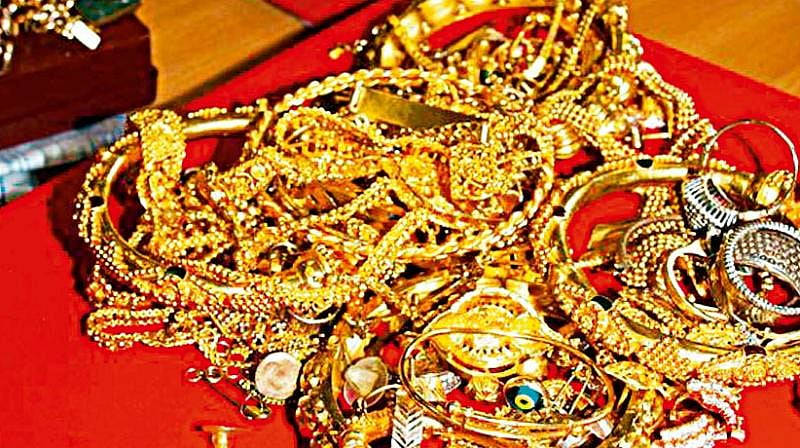Nitish Kumar, the longest serving Chief Minister of Bihar, was popularly known as "Sushashan Babu", the good governance man until 2013. Post 2013, Nitish Kumar's political journey has seen so many twists and turns that his opponents now call him "paltu kumar", the one who keeps swiching sides. The ongoing political turmoil in Bihar indicates he is once again going to change his political position and join Bharatiya Janata Party (BJP)-led NDA or National Democratic Alliance ahead of the 2024 Lok Sabha elections.
Kumar's political career began in 1970s with the Janata Party and its leaders like Jayaprakash Narayan. However, the 1990s saw Kumar's political evolution. He founded the Samata Party and joined the BJP-led NDA government at the Centre. After the Janata Dal (United) came into existence, Kumar continued to be with the NDA until 2013 when Narendra Modi emerged on the country's national political arena. Since then, Kumar's path has been one marked by ideological shifts and surprising swings.
Nitish Kumar And His Alliance Dance
In 2013, the BJP declared Narendra Modi as its prime ministerial candidate. Citing displeasure with the BJP's choice, Kumar ended the JDU's 17-year alliance with the saffron party. The break-up with the BJP cost him dearly. In 2014 Lok Sabha polls, the JD(U) could bag just two seats in Bihar, a drop of 18 from its 2009 tally. He resigned as Chief Minister taking moral responsibility for the loss and installed Jitam Ram Manjhi in his place. Despite quitting the NDA, the JD(U) government in Bihar survived the majority test in the assembly with the support of RJD, once its arch-rival.

The 2015 saw the formation of the Mahagathbandhan (grand alliance) with Kumar's JD(U), his long-time political foe Lalu Prasad Yadav's RJD and Congress at one platform. His decision to quit the NDA and joining the Mahagathbandhan was seen as a significant shift in his political landscape, as he embraced a more social-democratic approach.
The grand alliance of JD(U), RJD and Congress swept the 2015 Bihar assembly polls and Kumar became the Chief Minister. Since the RJD won the highest numbers of seats compared to its alliance partners, Lalu Prasad Yadav used the opportunity to launch his son Tejashwi Yadav, who became Kumar's deputy in the government.
The U-Turn
Between 2015 and 2017, the grand alliance saw a rift brewing between the JD(U) and RJD. Kumar's allies did not like JD(U) supporting the Modi government on issues like demonetisation and GST. The rift widened when the CBI filed a corruption case against Lalu Prasad Yadav, Tejashwi Yadav and other members of the family.
Kumar reportedly asked Tejashwi to resign. When his demand was turned down by the RJD, Kumar broke ties with the grand alliance. Citing his antaratma ki awaz (inner voice), Kumar resigned and the grand alliance government collapsed. Hours later, he became the Chief Minister again with support from the BJP. His decision to break the alliance with the RJD in 2017 and rejoin the NDA drew criticism for political opportunism.
Back To Mahagathbandhan
The JD(U)-BJP government continued in Bihar. The two parties contested the assembly polls in 2020 and emerged victorious again. While Kumar secured his chief minister post, his JD(U) was reduced to 43 seats, compared to 71 five years ago. On the other hand, the BJP's tally rose significantly. Thus, Kumar did not have free hand like he used to have between 2005 and 2013.
Rifts in the JD(U)-BJP emerged over issues such as National Register of Citizens. Things got worse when the JD(U) accused the BJP of hatching a conspiracy to break Kumar's party. On August 9, 2022, Kumar ended alliance with the BJP. The next day, he was Chief Minister again with support from the RJD, which had earlier ruled out any tie-up with Kumar again.
Another U-Turn On Cards?
According to reports, Nitish Kumar is going to take another U-turn and will break ties with the RJD as well as the opposition's INDIA bloc. The national leadership of the BJP has reportedly approved Kumar's arrival in the NDA.










